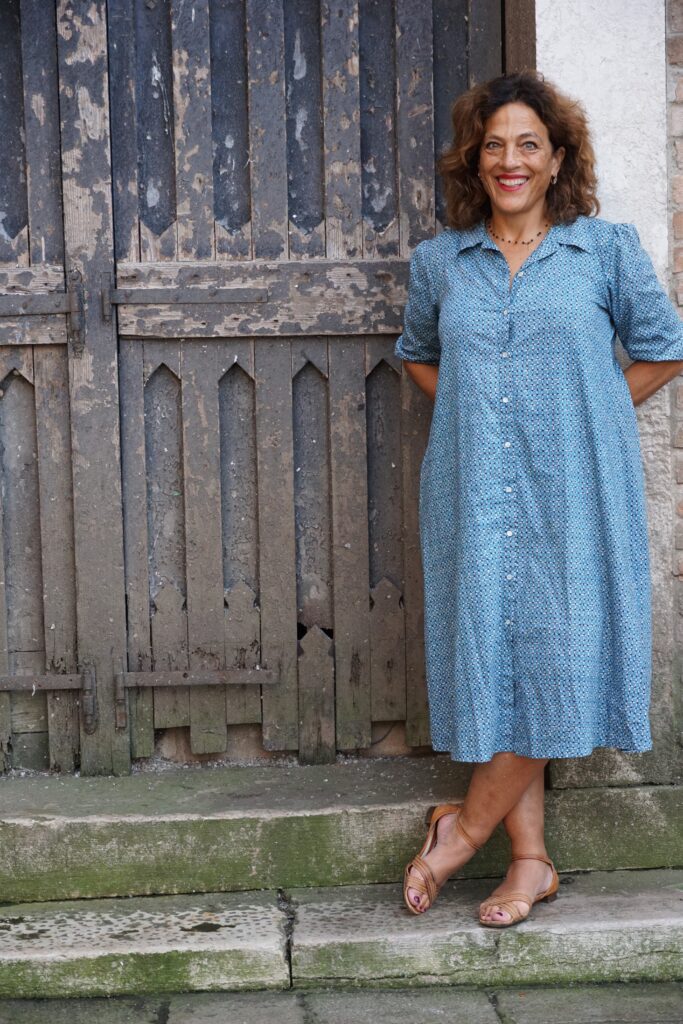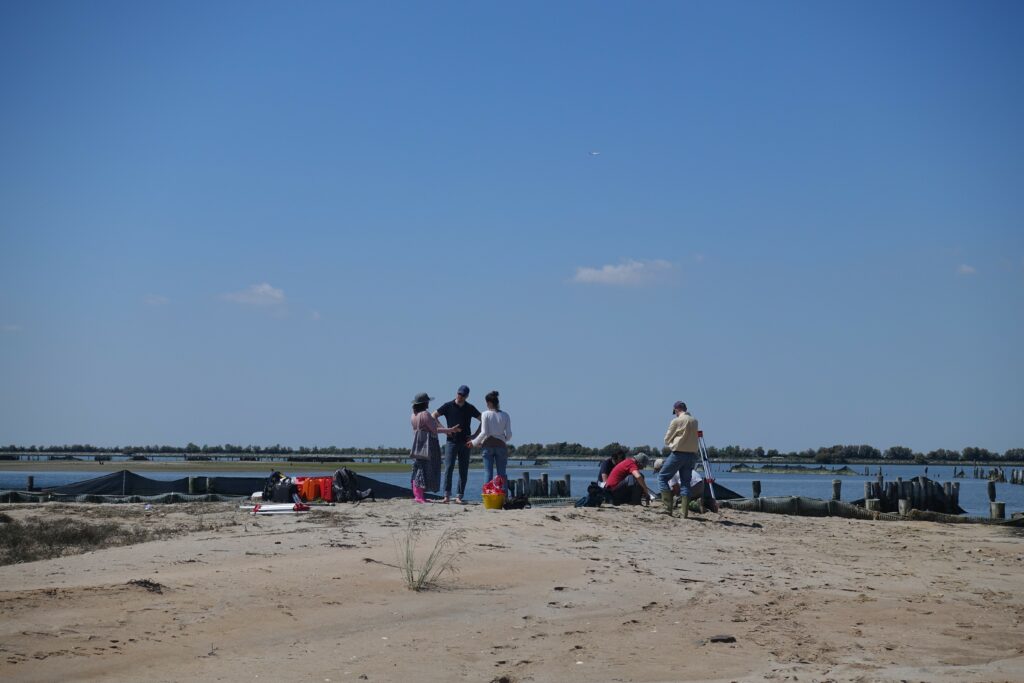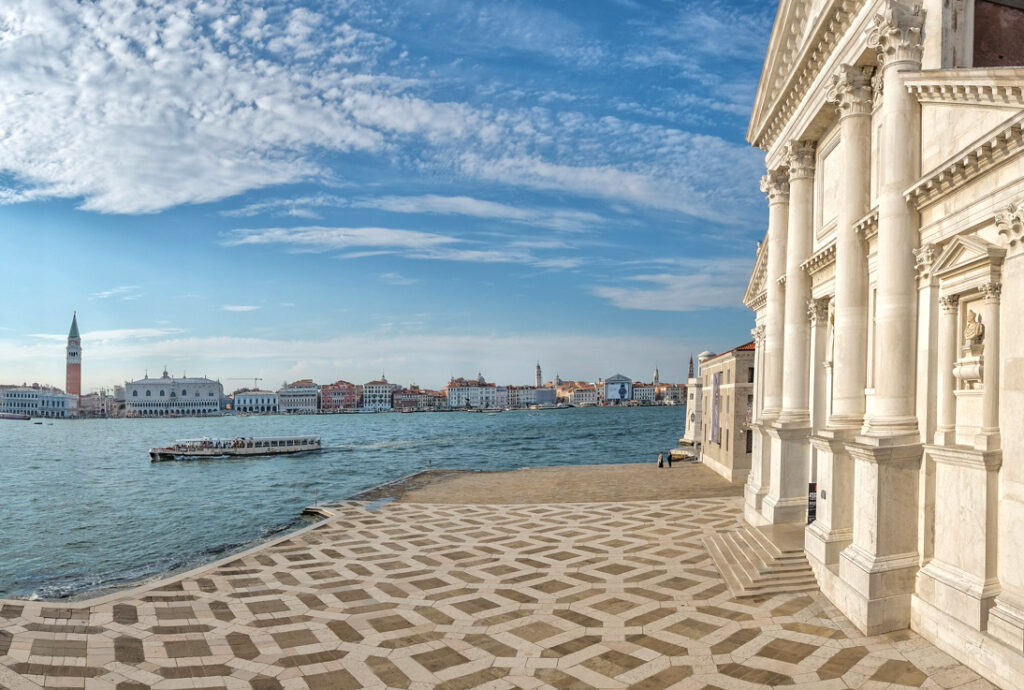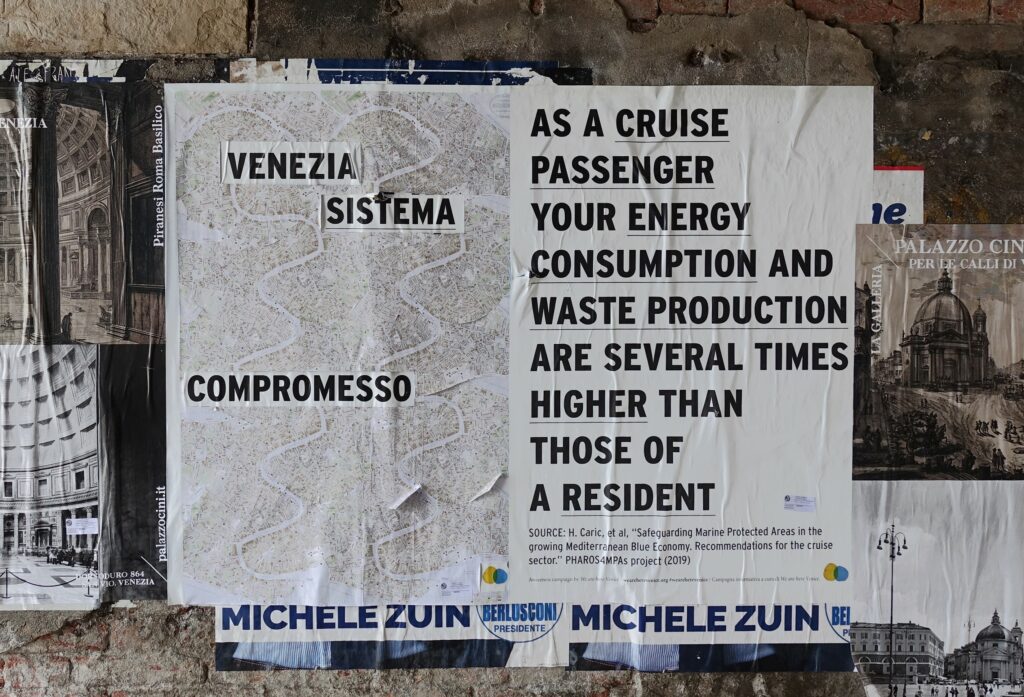We are here Venice is an Italian organisation accredited to the network as a beneficiary, and can therefore guarantee its British donors the tax benefits provided in their country of residence.
Together with Fondazione Donor Italia we asked Jane da Mosto, founder of WahV, to tell us about the projects carried out, with a view to opening up to the international panorama and fundraising.
How was We are here Venice born and what kind of activities does it carry out?
Jane da Mosto: We are here Venice is an NGO created to face a fundamental challenge for Venice: to remain a living city. Our mission is based on understanding the city and the lagoon as inseparable elements of a single system, and all our work emphasises the importance of the interaction between the natural environment and human intervention. We believe that the uniqueness of Venice offers enormous potential as a laboratory for implementing specific solutions to the problems of the lagoon and, at the same time, exploring innovative methods.

WahV is based on scientific evidence, operating as a research centre directly on the ground, strengthening links between all stakeholders and using the best available information. Through collaboration with universities, businesses, cultural institutions, other associations and public bodies, WahV manages projects anchored in rigorous research with the specific aim of promoting real change assessed on the basis of social, economic, physical and ecological indicators, in line with the “sustainable development goals” of the UN Agenda 2030.
How has the Association evolved over the years and what are the main goals you have achieved?
Jane da Mosto: We are here Venice was formally born in 2015, based on experience in the field of environmental sciences, in relation to decision-making processes in favour of sustainable development and activism for the defence and enhancement of common goods and urban public spaces.
In recent years the multidisciplinary collective has grown in the number of professional collaborators, and in the variety of partnerships in the area and internationally. In 2022 the publication of the report on the first five years of WahV activity is planned, with summary descriptions of all projects, organised in the three macro-areas of activity: “Venice is Lagoon”; “Languages of Value” and “Knowledge Exchange”.
We can notice a clear increase of attention on the lagoon issues, in the city discourse and in the media when talking about Venice, as well as the positioning of We are here Venice as a reliable source of information. Many students, both from local networks and from foreign schools and universities, contact WahV to request internships and information about Venice. We consider this activity an important part of our contribution to the development of skills and critical thinking related to the city’s issues.

The Association is a beneficiary of the Transnational Giving Europe network, which enables tax-efficient international donations. Why did you decide to join the network and what opportunities has it brought?
Jane da Most: Being part of the network has allowed us to offer an efficient service to our international donors and in particular to British donors. One of our first supporters was the British fashion designer Vivienne Westwood. She created the hashtag “Venice for the Venetians, Venice for the World” for us. With this, she wants to signal that Venice survives and thrives thanks to its resident population, while international support is needed to strengthen it and counteract the erosive effect of mass tourism. On the other hand, Venice represents a practical example of resilience for the world.
As a beneficiary of TGE, you have the opportunity to expand fundraising initiatives to different countries in Europe: are you expanding your audience of supporters?
Jane da Mosto: So far we have received contributions mainly from UK supporters through the TGE network. This is also thanks to the contacts of the two founders of the association, Jane da Mosto and Liza Fior, as well as the special bond between Venice and the British.
We have recently enjoyed great attention from the French, Spanish, German and Scandinavian media, and it would be desirable to find funders in these countries as well – tax relief is therefore an important factor, along with the guarantee associated with TGE’s recognition and monitoring of NGOs.

Among the activities carried out by the Association there is a specific initiative for the Lagoon of Venice to restore its unique ecosystem. What is the role of We are here Venice in the panorama of initiatives to protect the ecosystem in Italy and Europe?
Jane da Mosto: Throughout Europe, pressure from human activities has compromised wetlands, transition areas between land and water. Venice and its Lagoon are emblematic of this richness and fragility. Wetlands are characterised by different types of habitats including estuaries, marshes, peat bogs and are home to 40% of living species. They capture carbon dioxide, remove pollutants and protect against flooding. Europe has already lost 90% of these areas, resulting in loss of biodiversity, water, food, devastating floods and fires, subsidence and coastal erosion. WahV is part of a European consortium called “WaterLANDS”, one of the first projects funded under the European New Green Deal, focused on restoring this type of ecosystem and ensuring local capacity building to adopt all the good practices that will emerge from the project.
Are there any similar projects in Europe that have inspired you?
Jane da Mosto: WahV is part of the Global Cruise Activist Network, which organises and shares information, expertise and resources on the impacts of large ships, both locally and globally; it is therefore in continuous contact with associations around the world, with whom there is a mutual exchange of inspiration and knowledge.

More information about We are here Venice:
